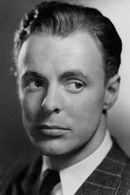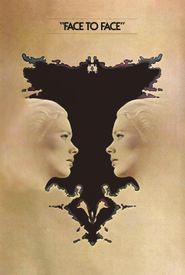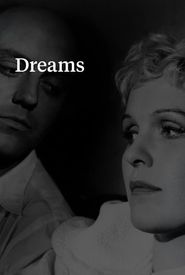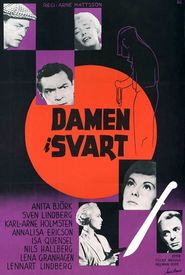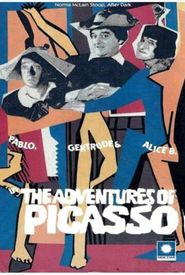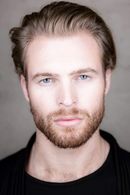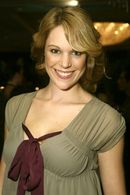His early life took an unexpected turn, as he began his educational journey at a girls' school, where his aunt held the esteemed position of teacher. During his high school years, he indulged in theatrical performances, but this experience failed to spark a passion for acting within him.
Undeterred, he continued his academic pursuits by enrolling at the University of Stockholm, where he delved into the subjects of literature and art history. Simultaneously, he maintained a presence in the acting world, albeit in a minor capacity.
As his interest in acting began to grow, he was accepted into the prestigious acting school at the Royal Dramatic Theatre. Upon graduation, he embarked on a busy career, performing in various productions at theatres across Stockholm, featuring the works of esteemed playwrights such as August Strindberg, Hjalmar Bergman, Noël Coward, and Garson Kanin.
His cinematic journey commenced with Elvira Madigan in 1943, followed by a string of bit parts. However, it was his leading role in När kärleken kom till byn (1950) that brought him recognition, as he portrayed a substitute teacher who arrives in a small village.
Throughout the 1950s, he appeared in numerous films, leveraging his theatrical background to compensate for the limited operating season of the theatres. He often found himself typecast as a charming young man, a persona he would later subvert in Arne Mattsson's Damen i svart (1958.
In addition to his acting pursuits, he also ventured into film production, working for Sandrews and producing the remarkably successful Love Mates in 1961. His outstanding performance as a retired hairdresser in Glädjekällan (1993) earned him a well-deserved Guldbagge award.
